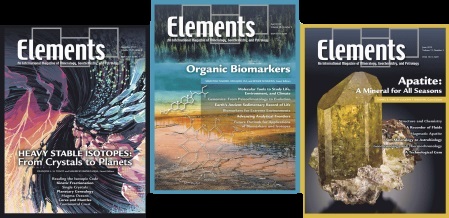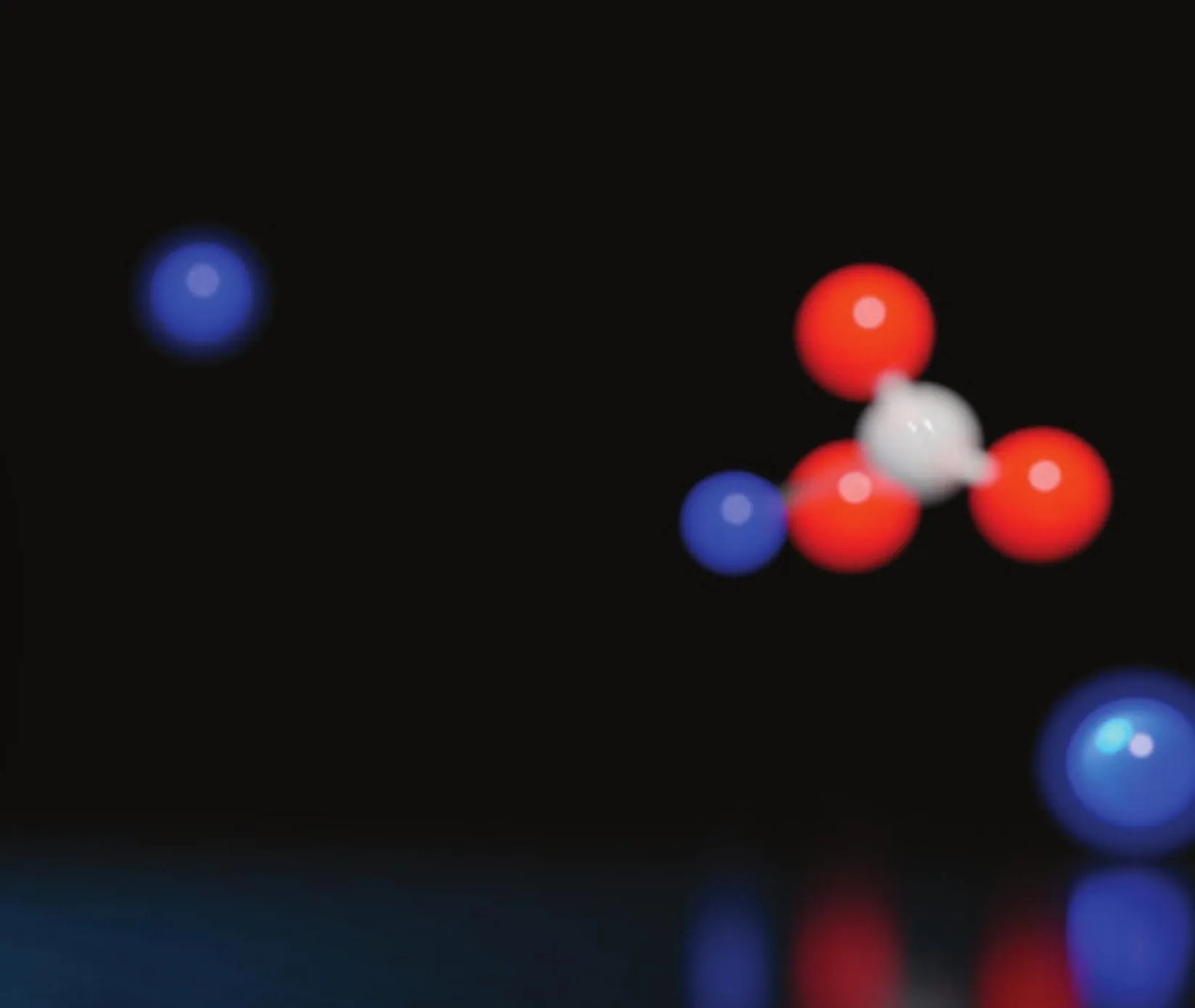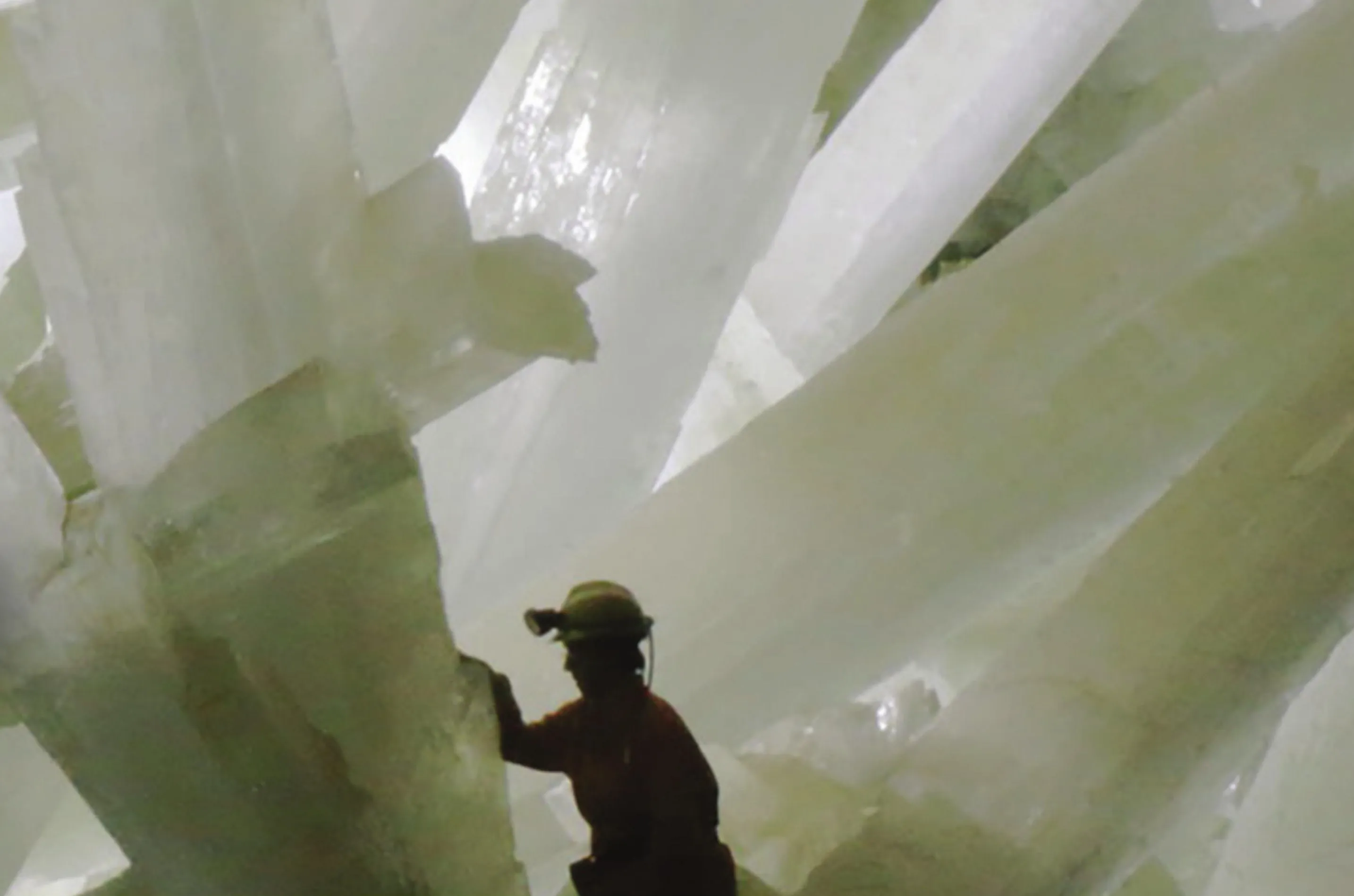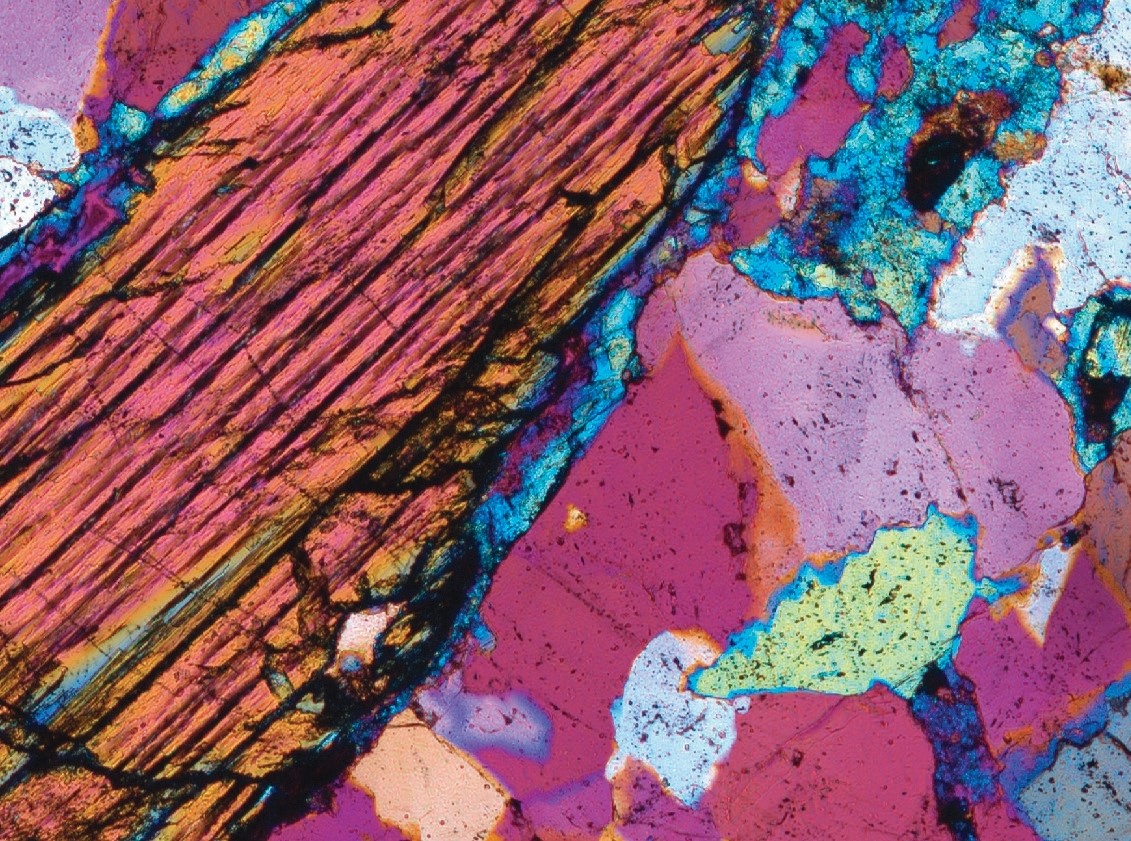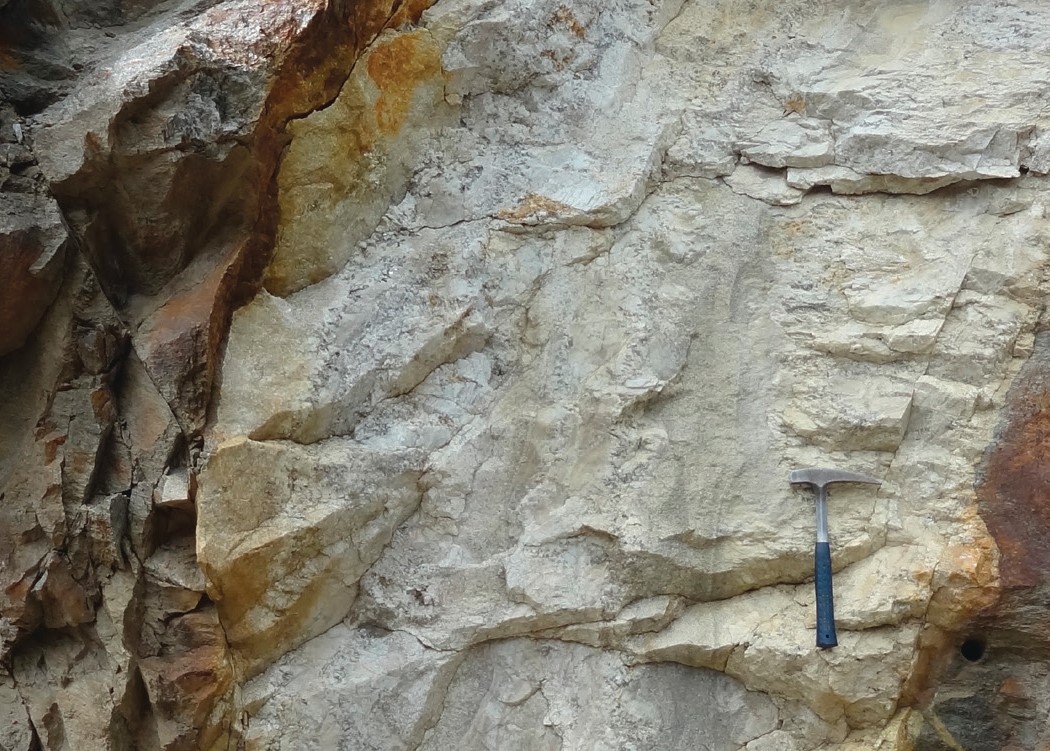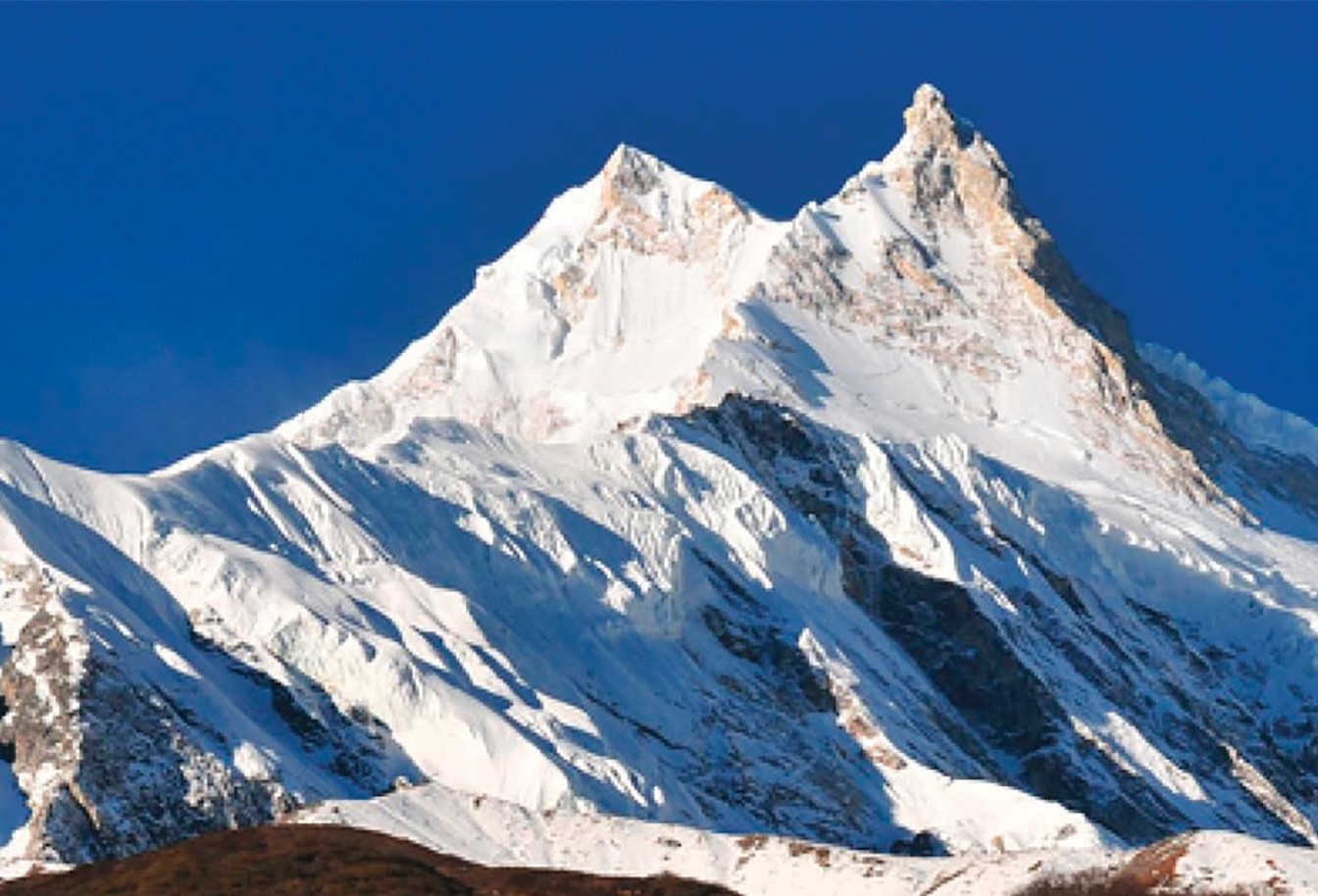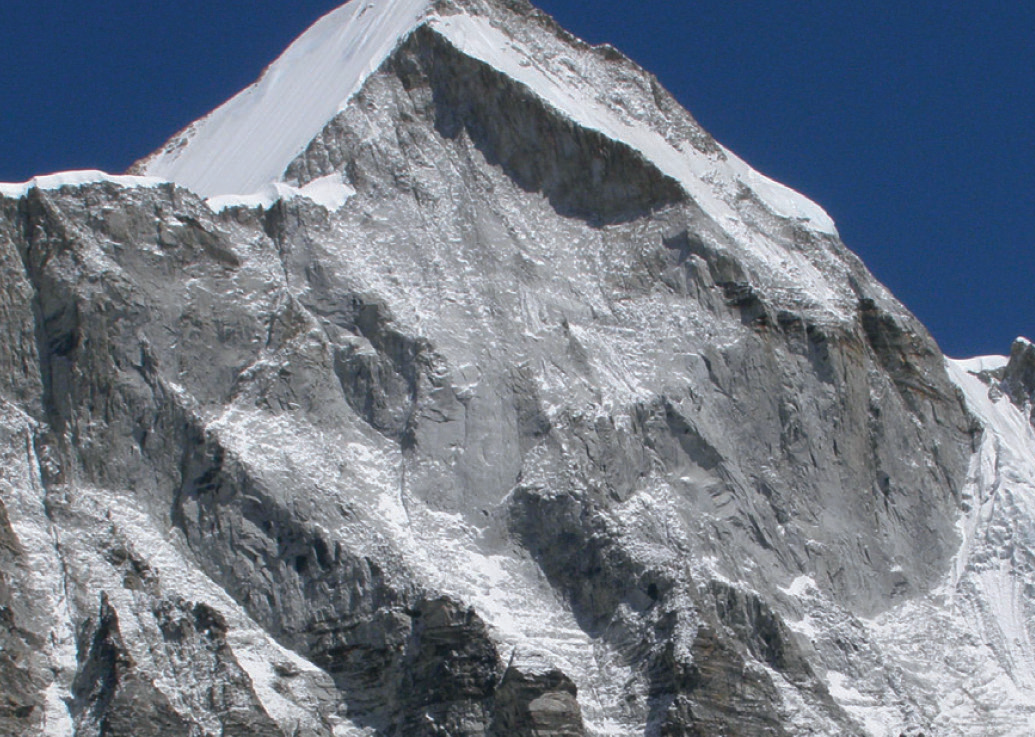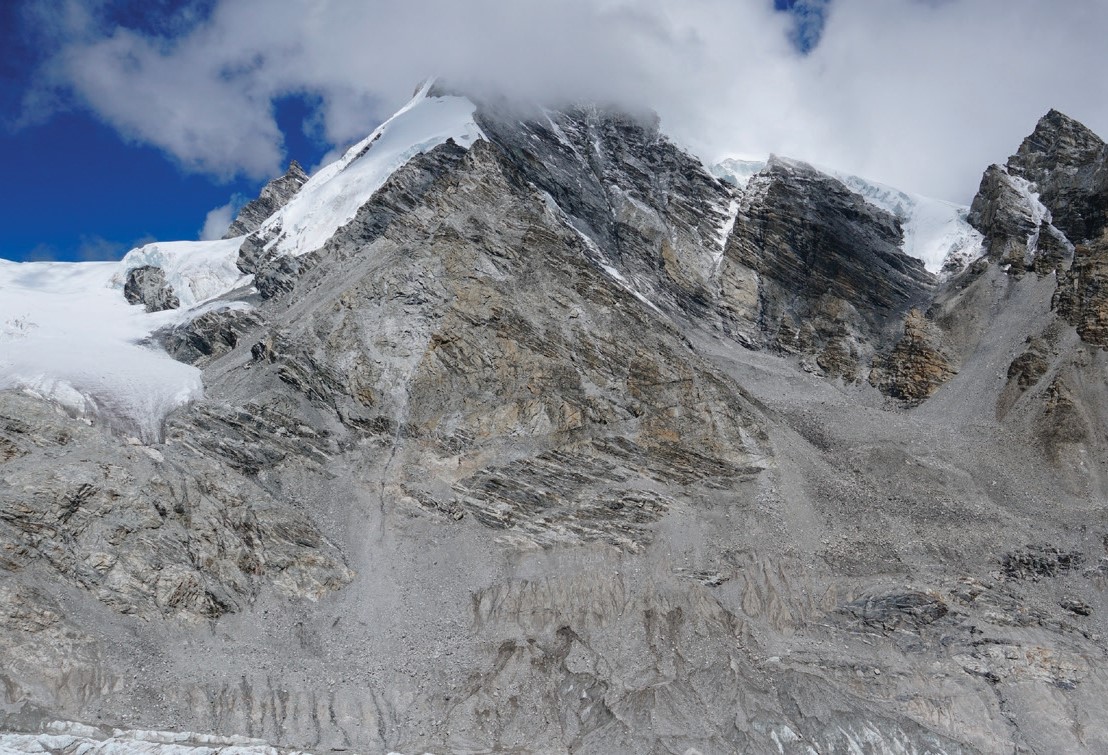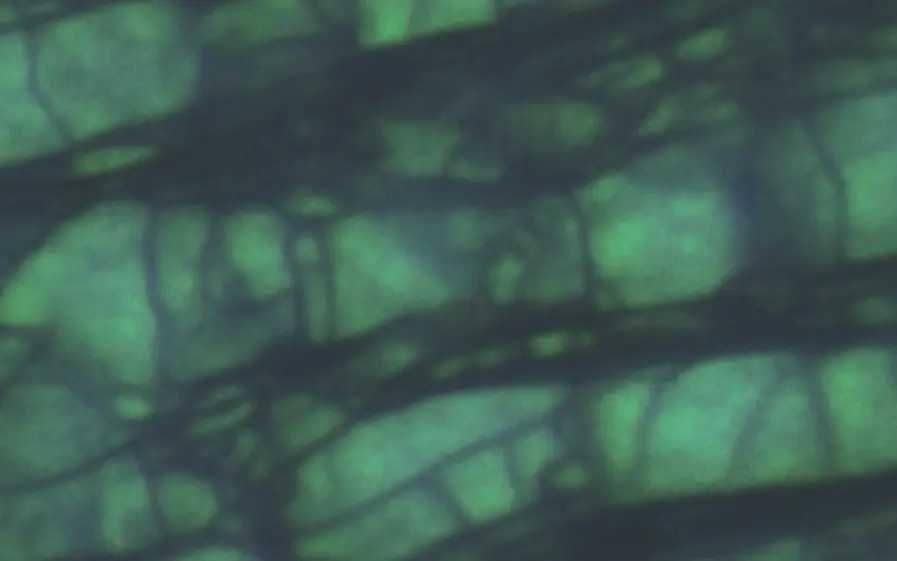Early Stages of Mineral Formation in Water: From Ion Pairs to Crystals
Minerals can precipitate from aqueous solutions via a fascinating variety of pathways. Classically, these pathways were thought to be initiated by a single-step nucleation mechanism. Over the past two decades, several investigations revealed that minerals can form through multi-step processes, from dissolved single ions to the final stable crystal. Depending on the mineral system under investigation and its environment, alternative mechanisms are possible, including ion-by-ion aggregation and agglomeration of clusters of ions. Intermediate species can be intriguingly variable: from ion pairs and ion clusters, to dense liquids, amorphous phases, meso- and (charged) nanocrystals. Here we provide a summarized overview of our current knowledge about processes taking place during the prenucleation stage.
Early Stages of Mineral Formation in Water: From Ion Pairs to Crystals Read More »

